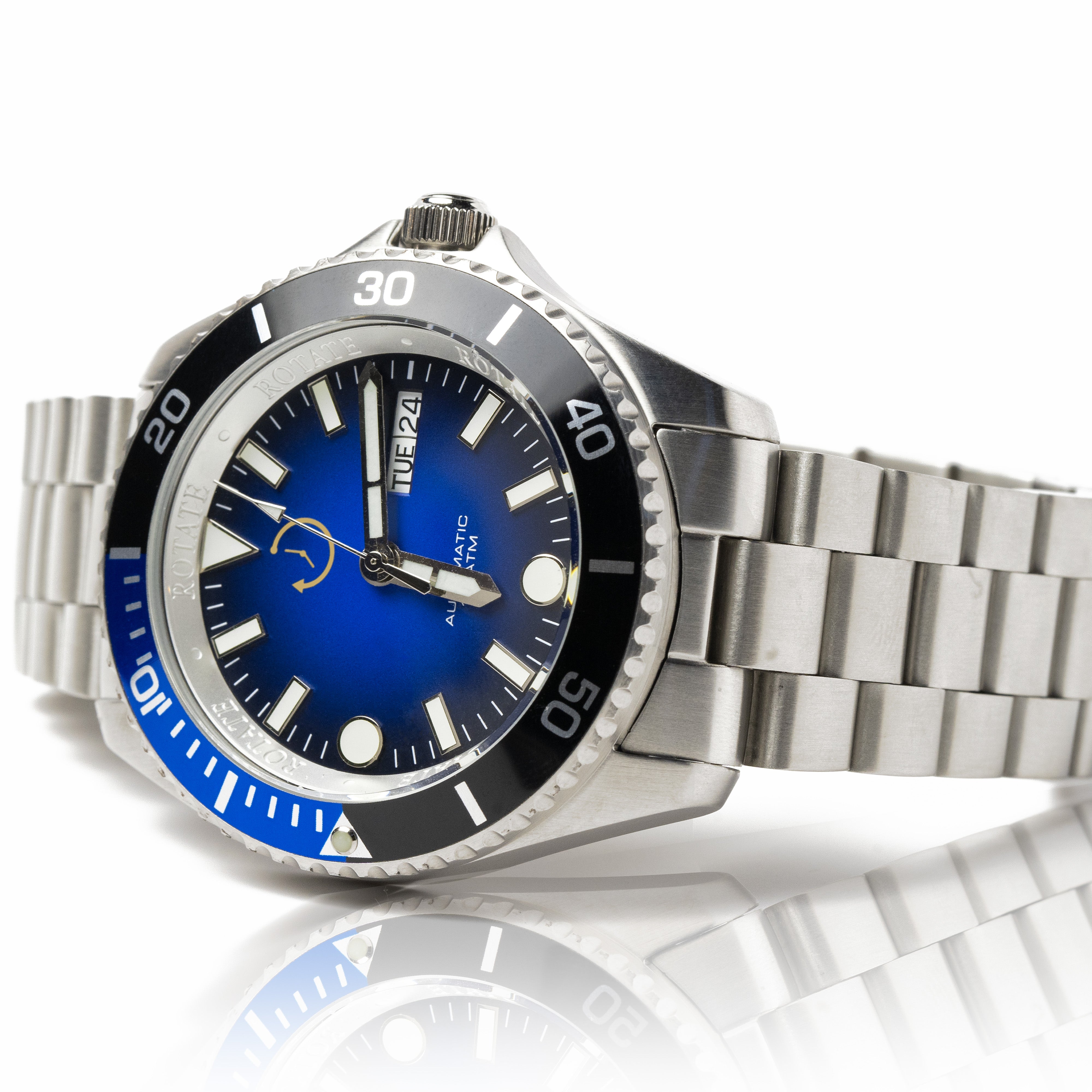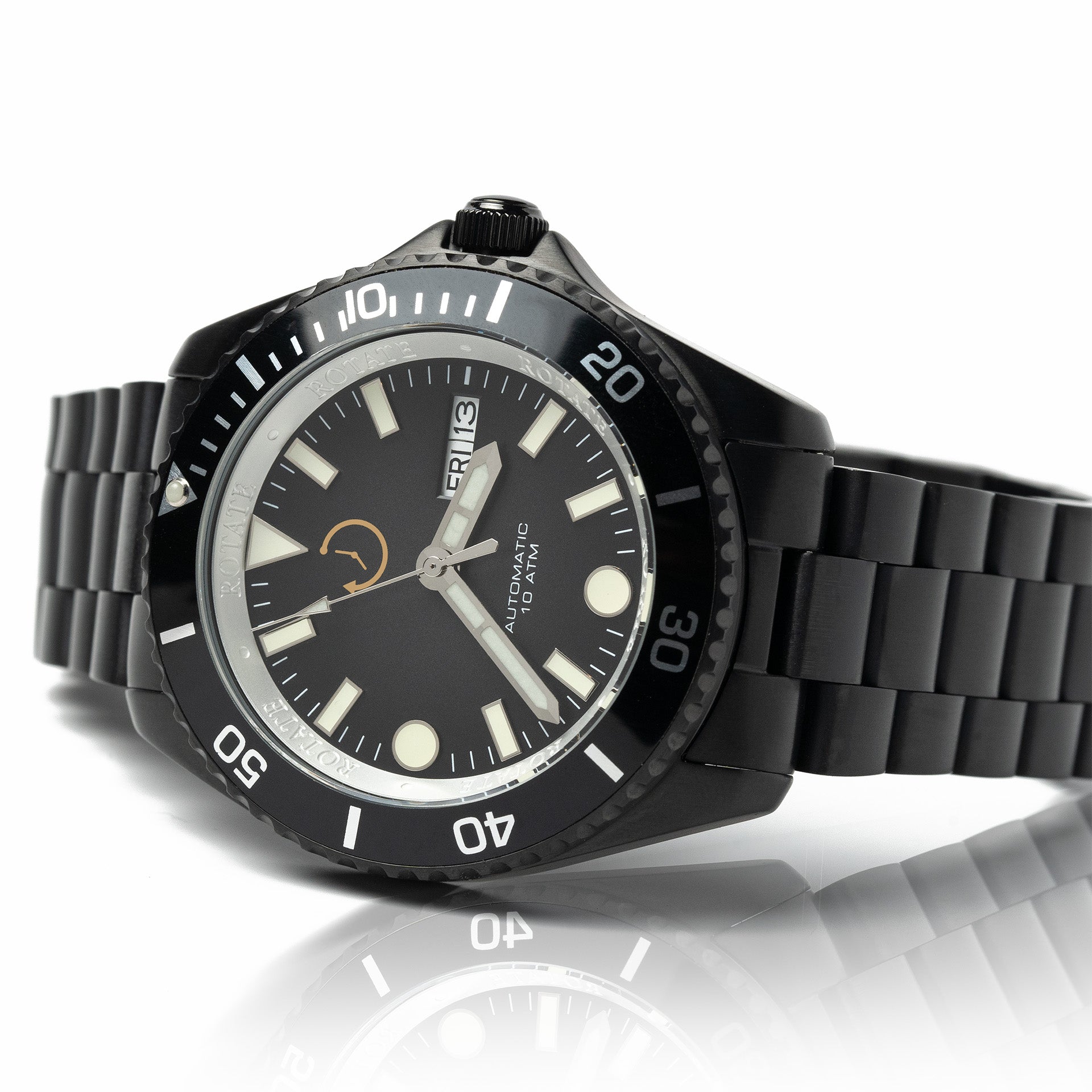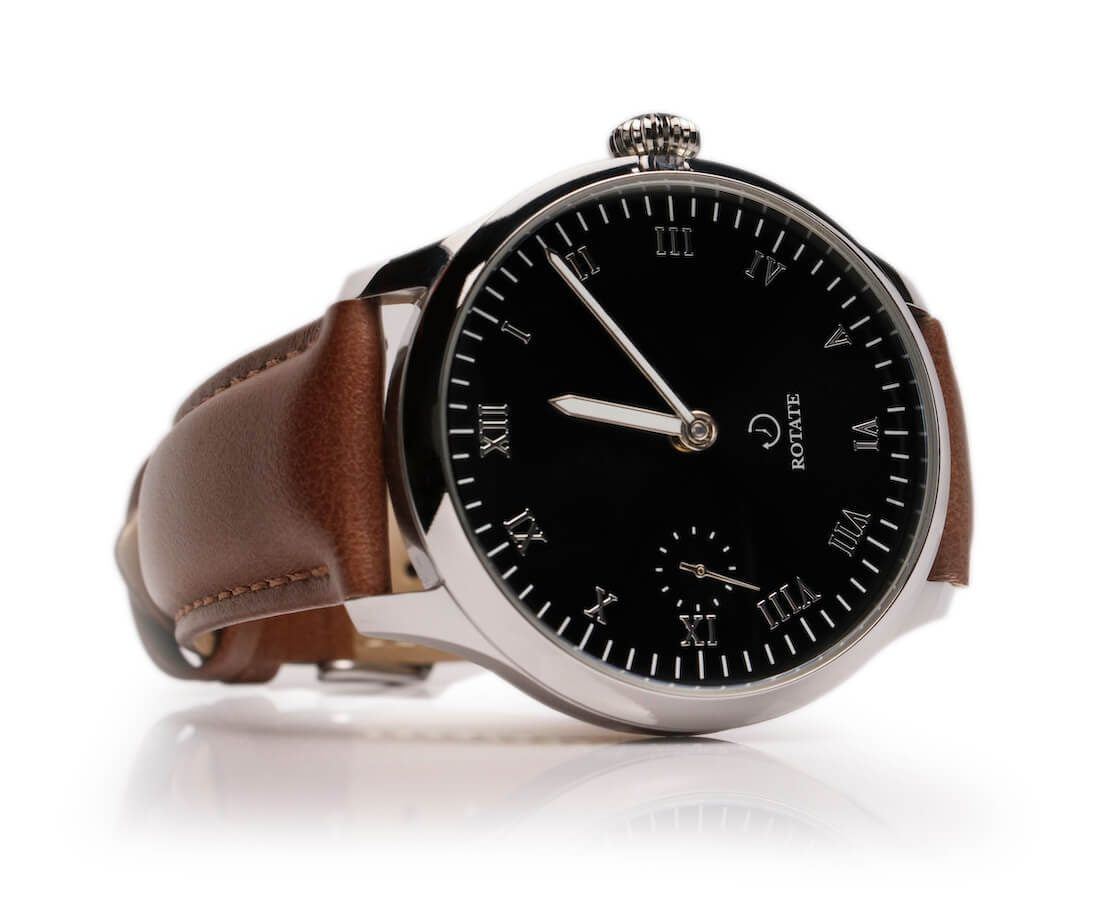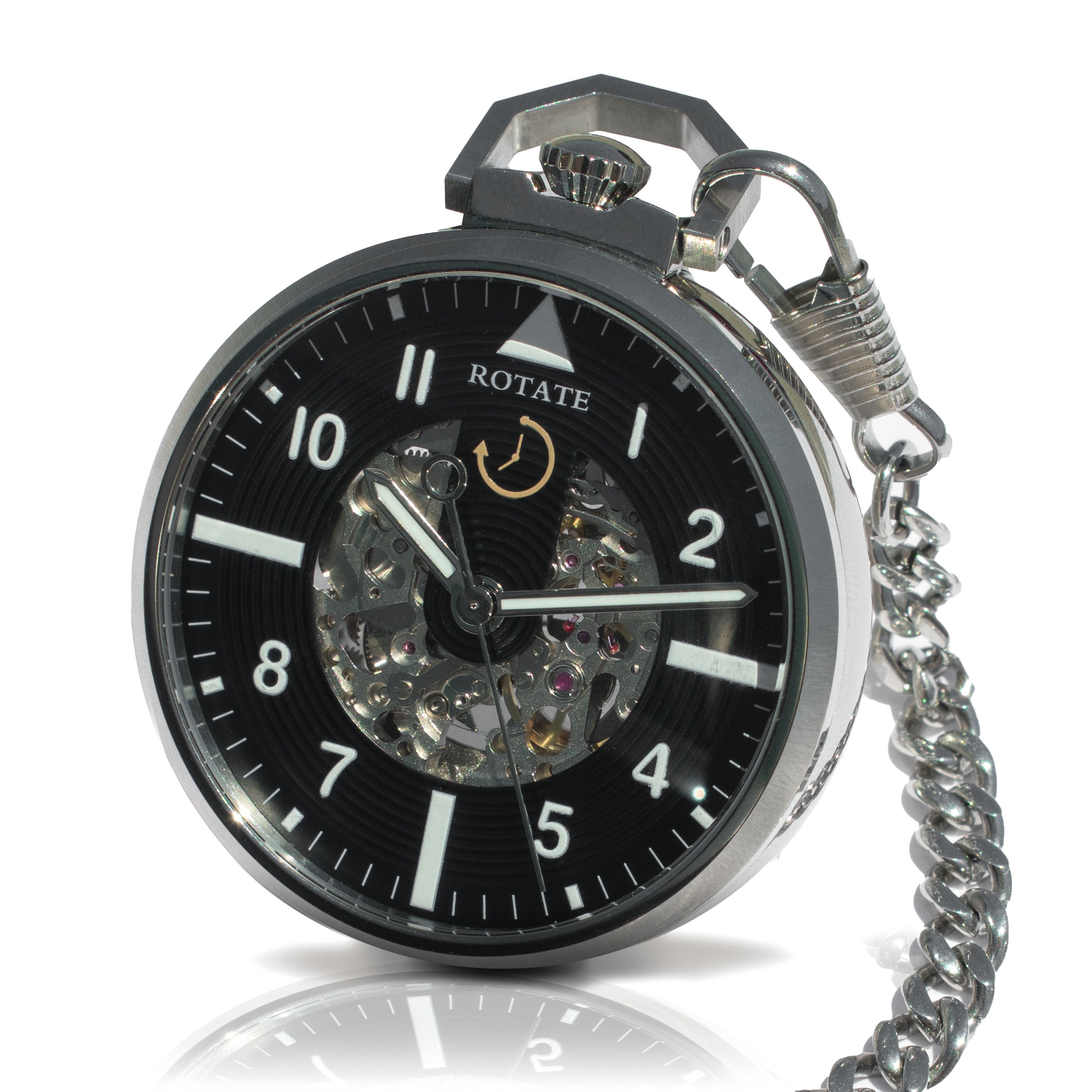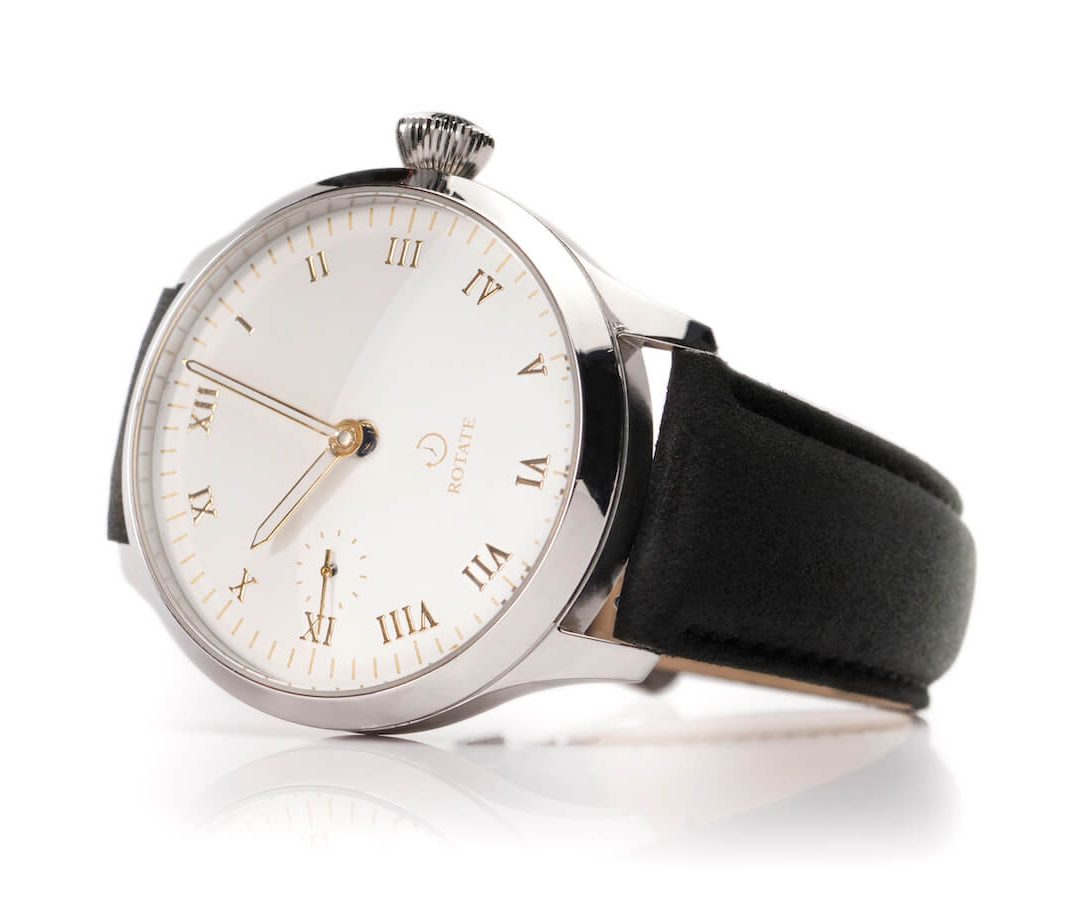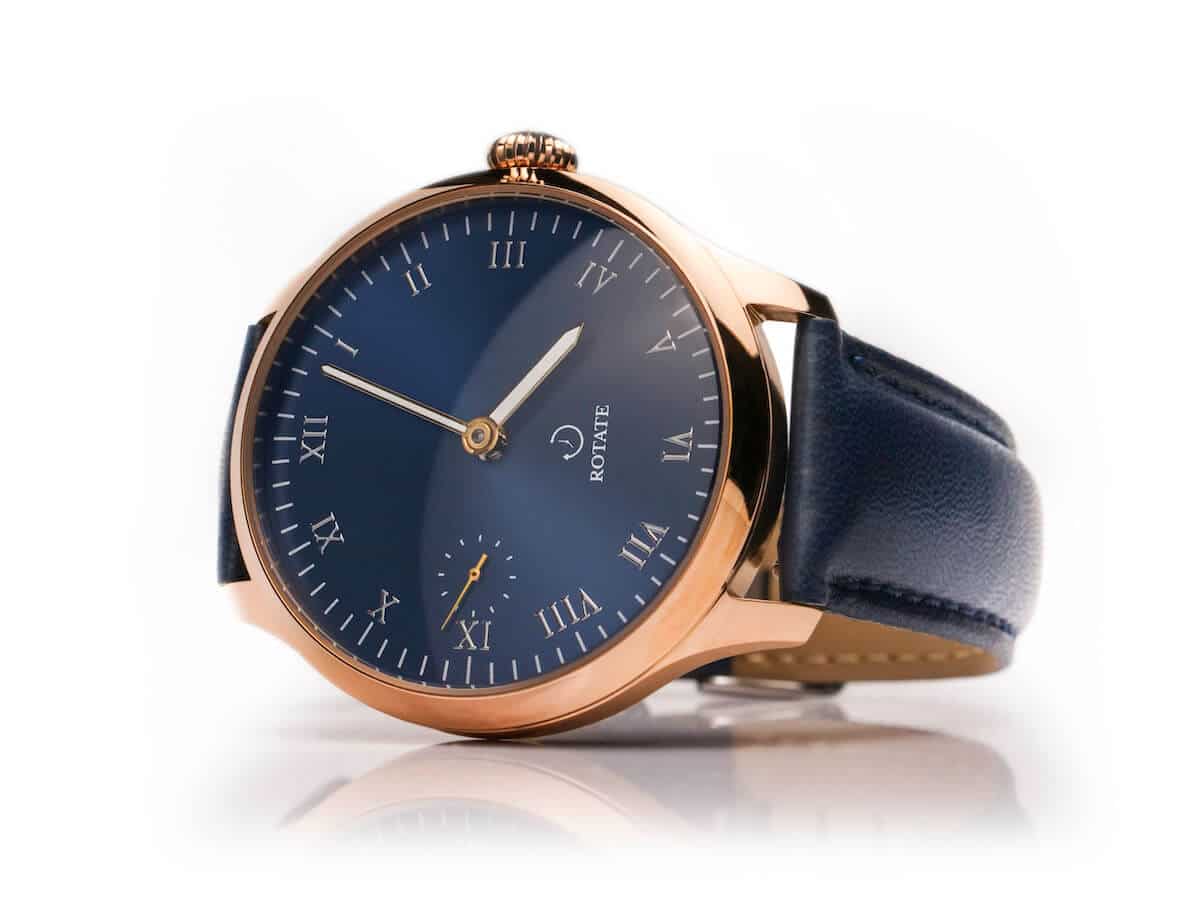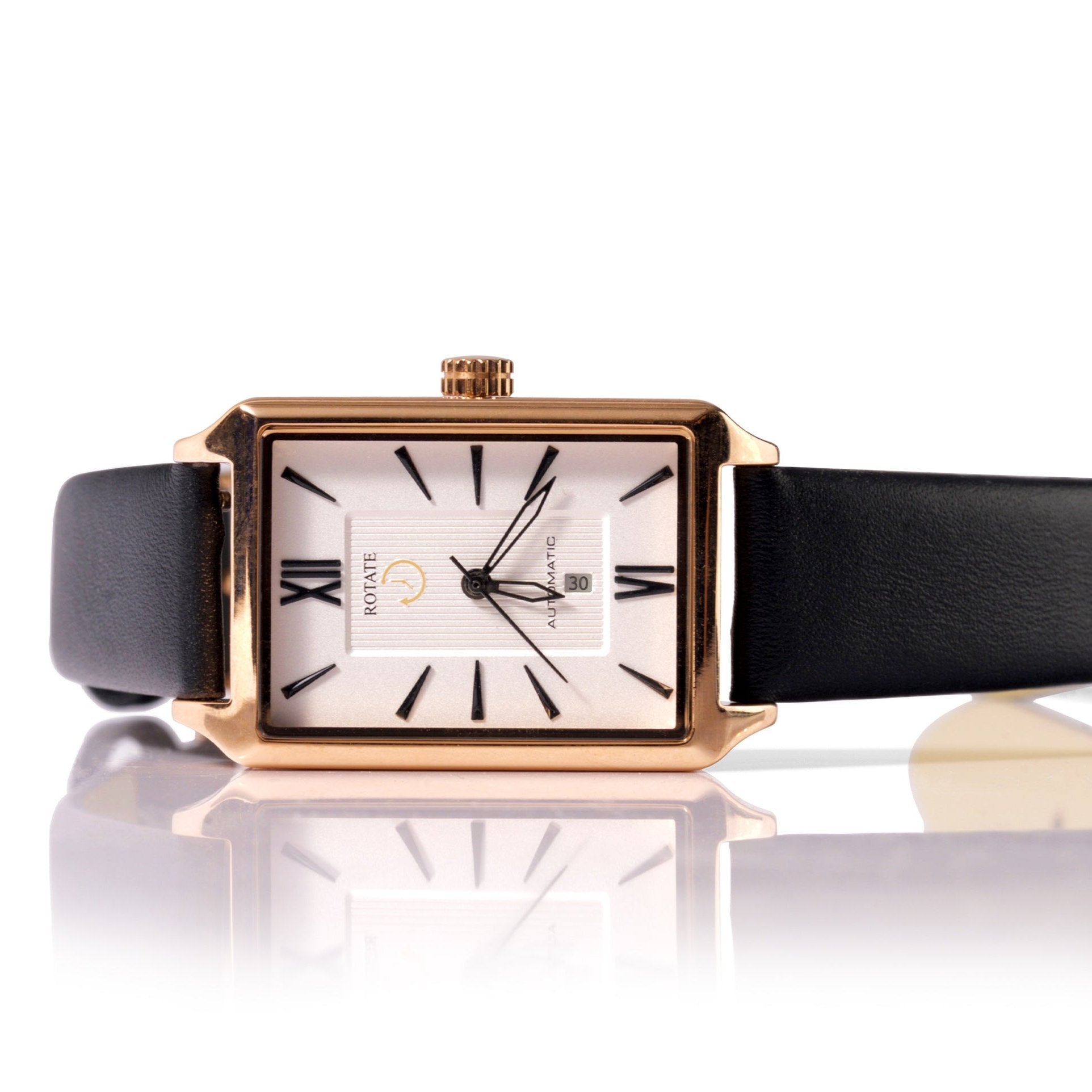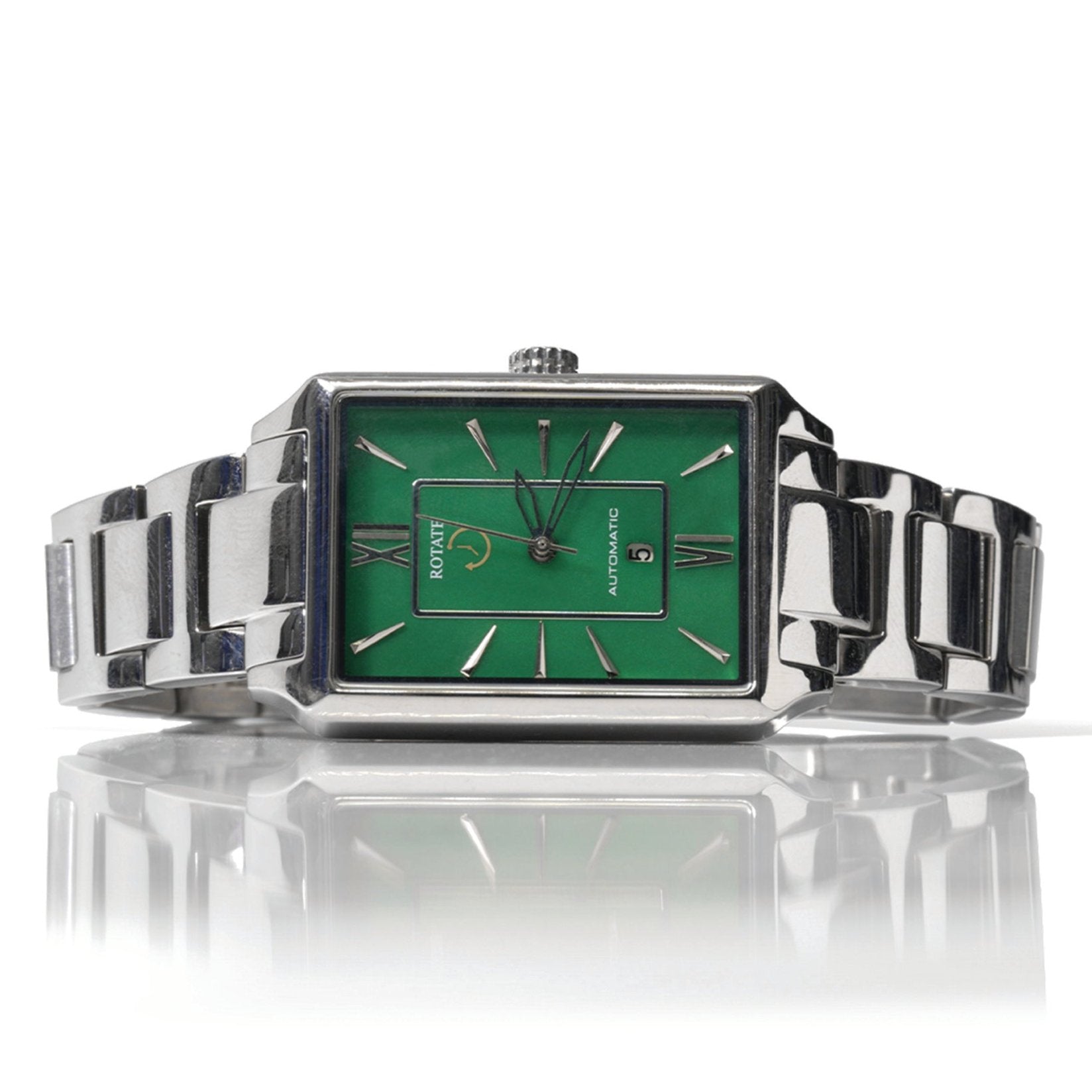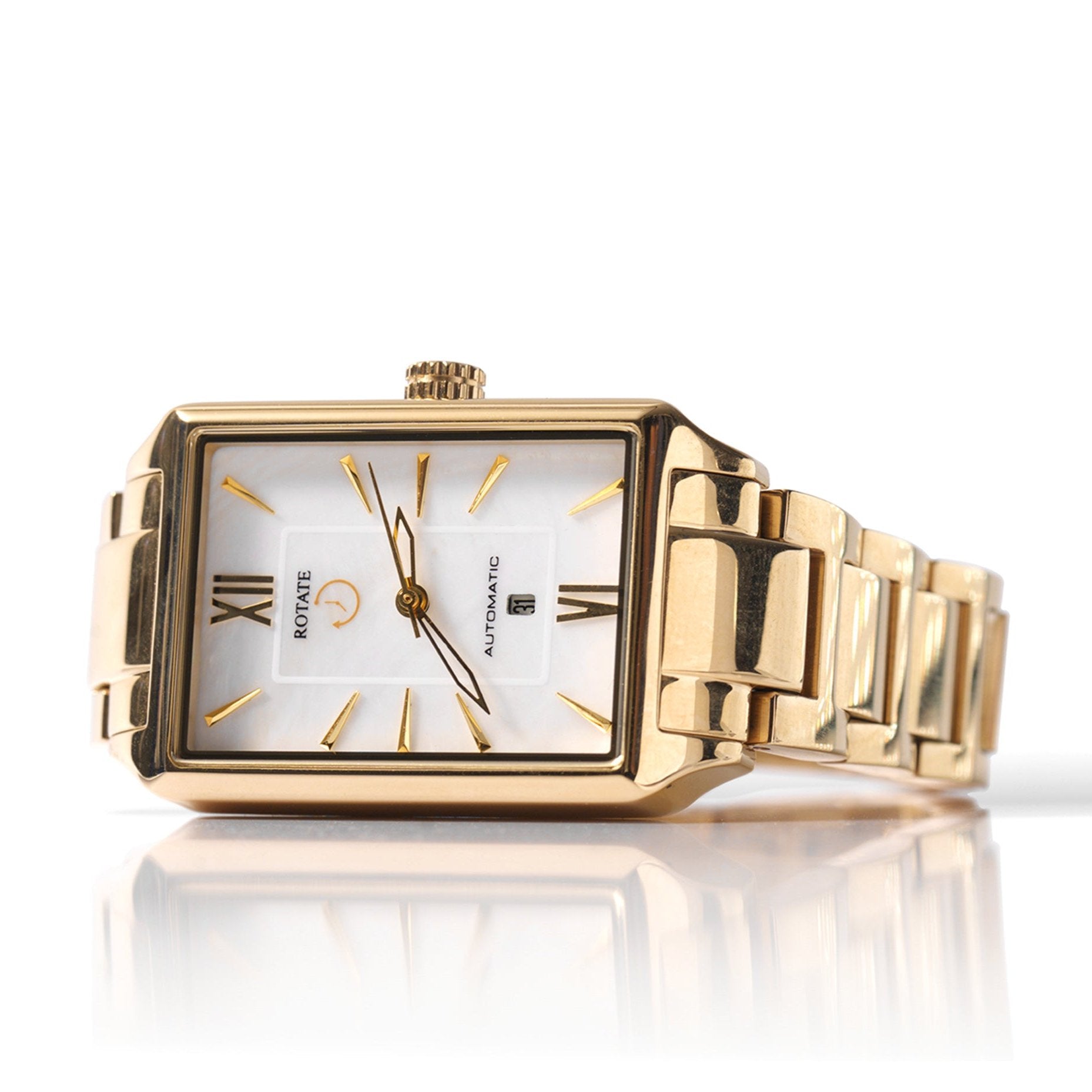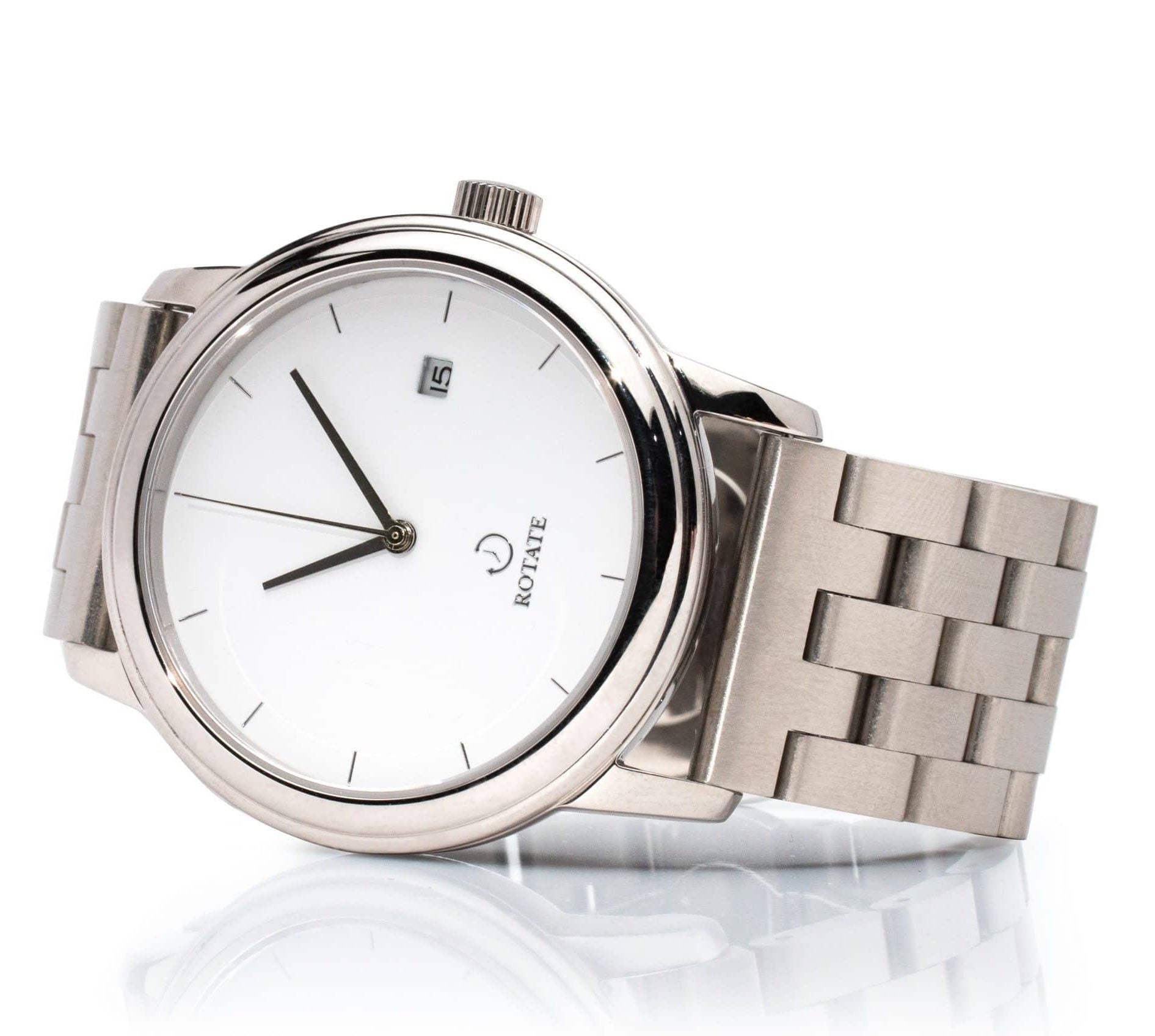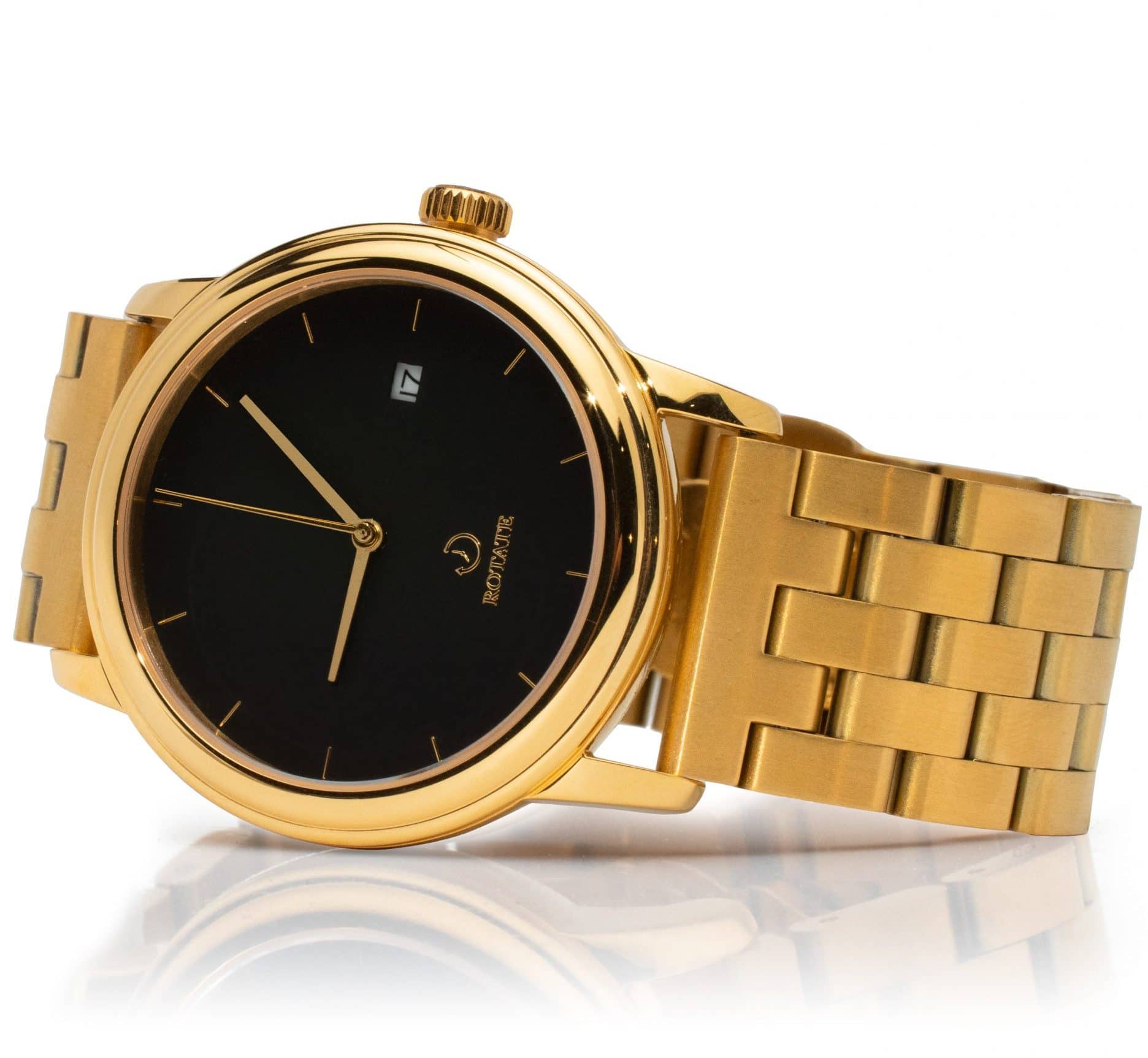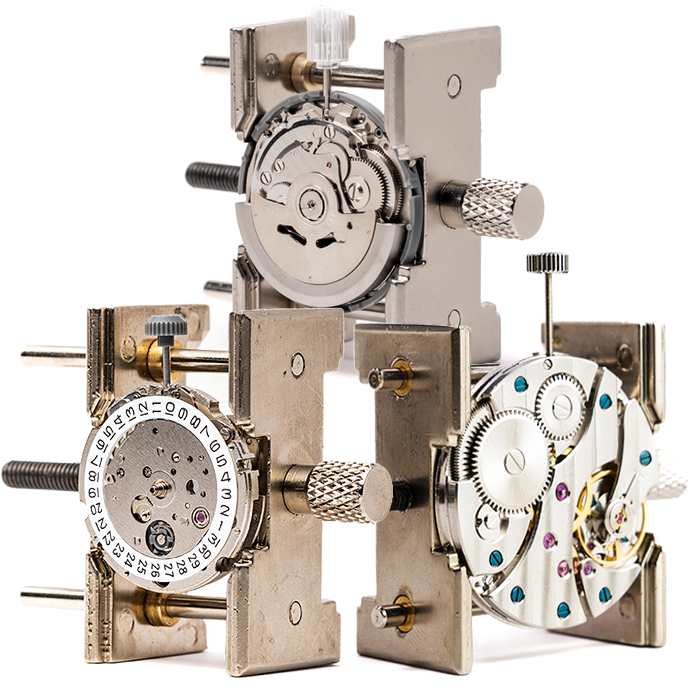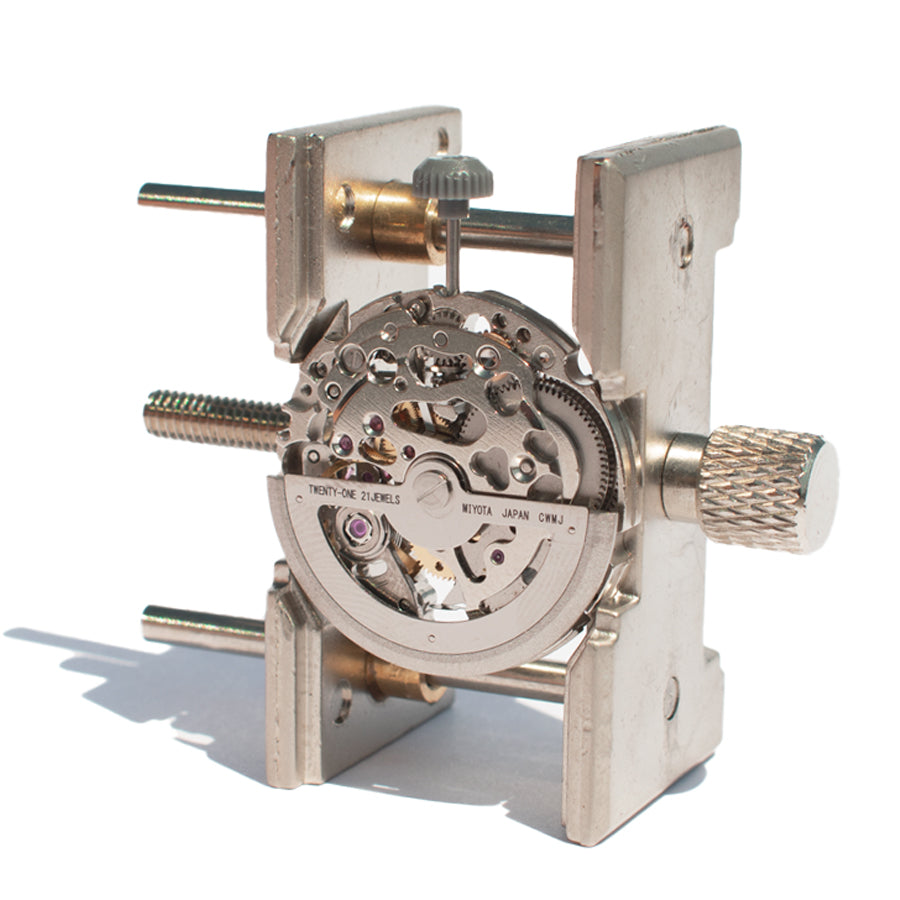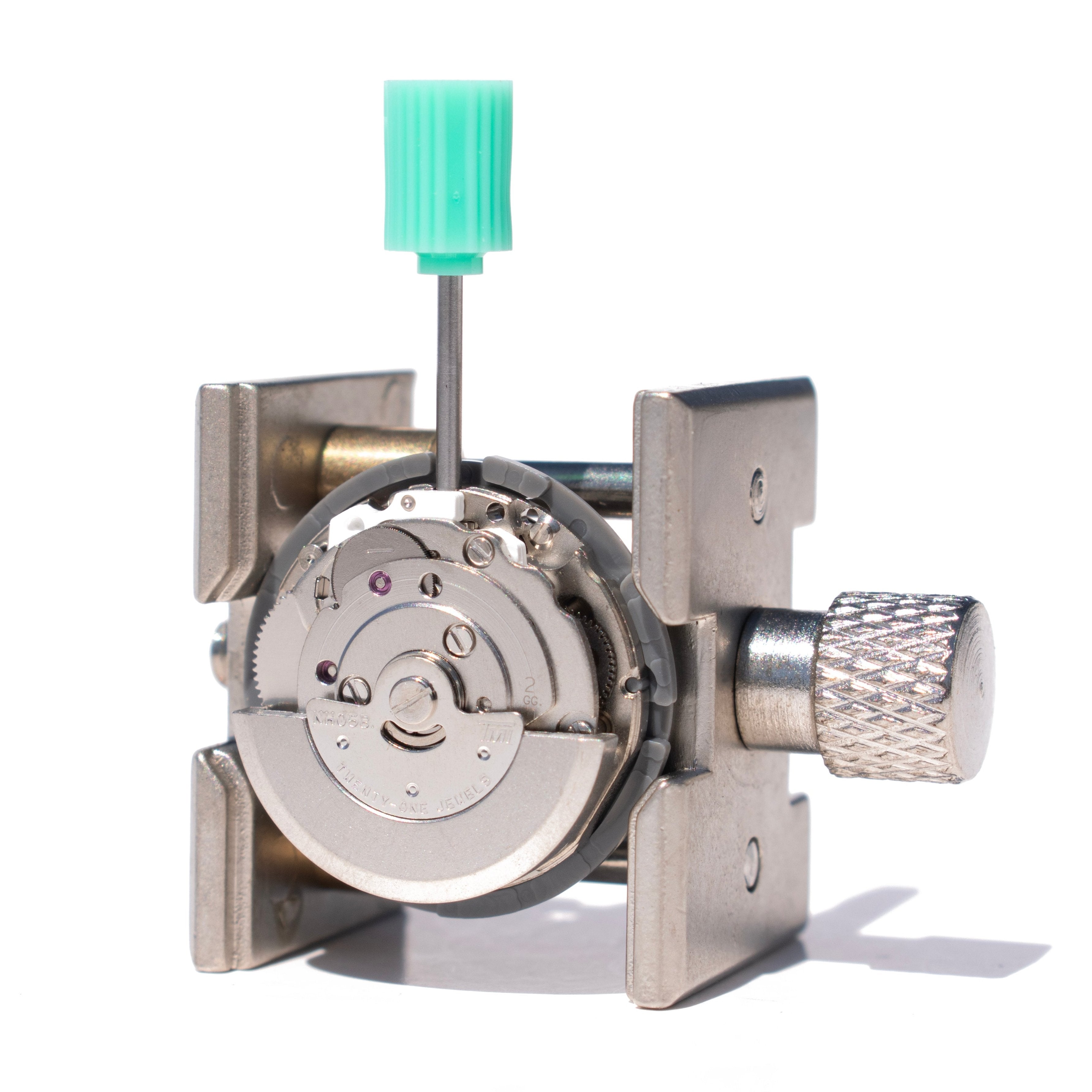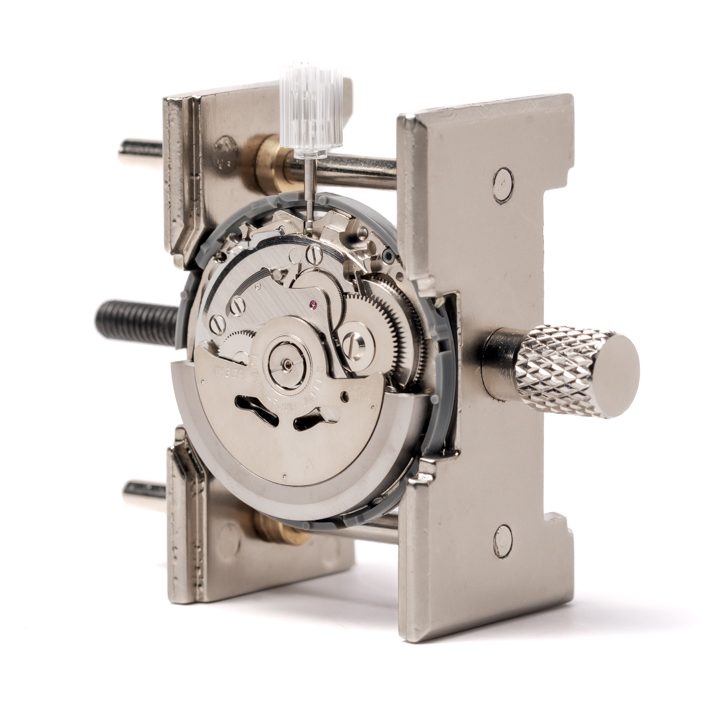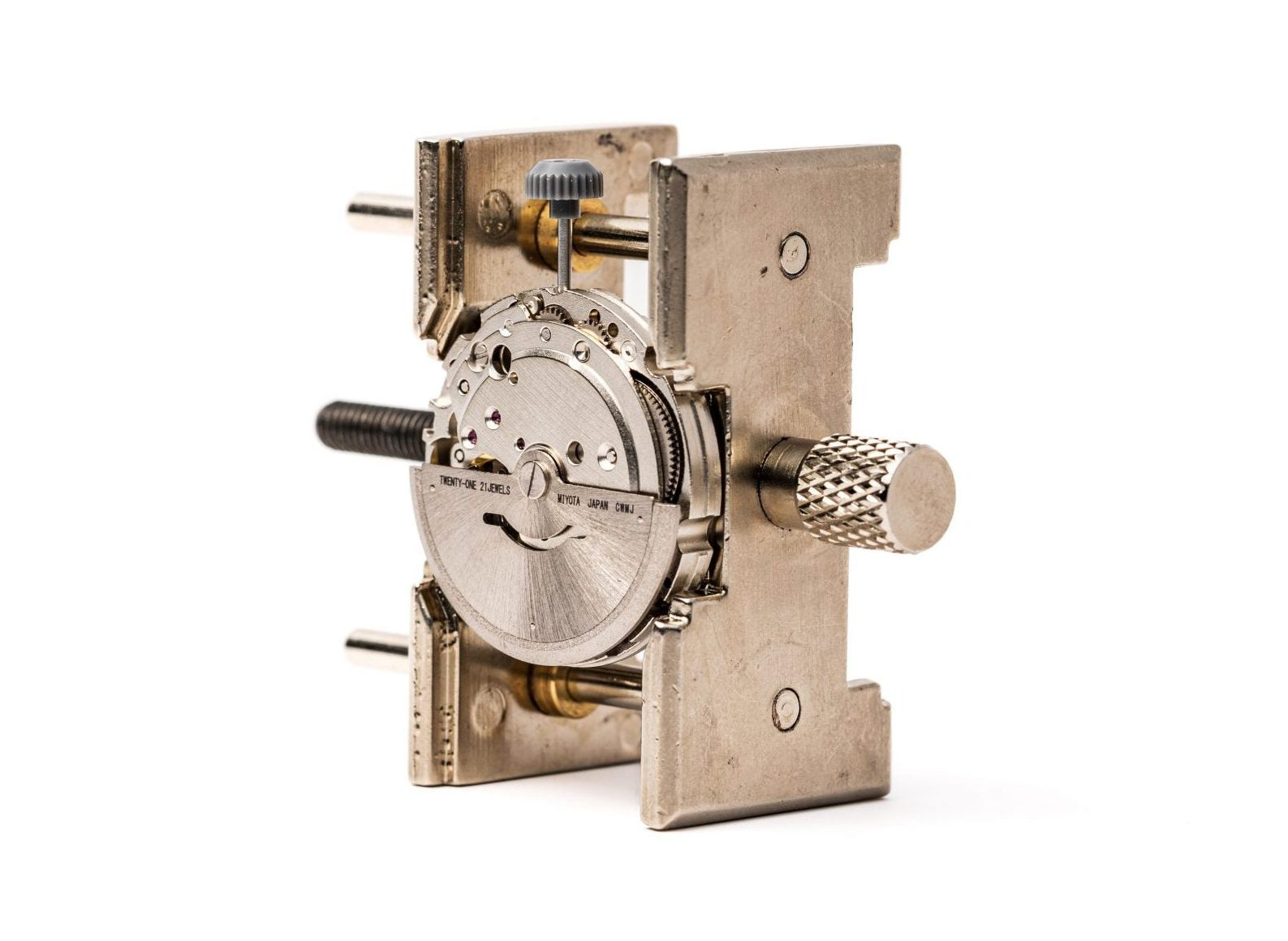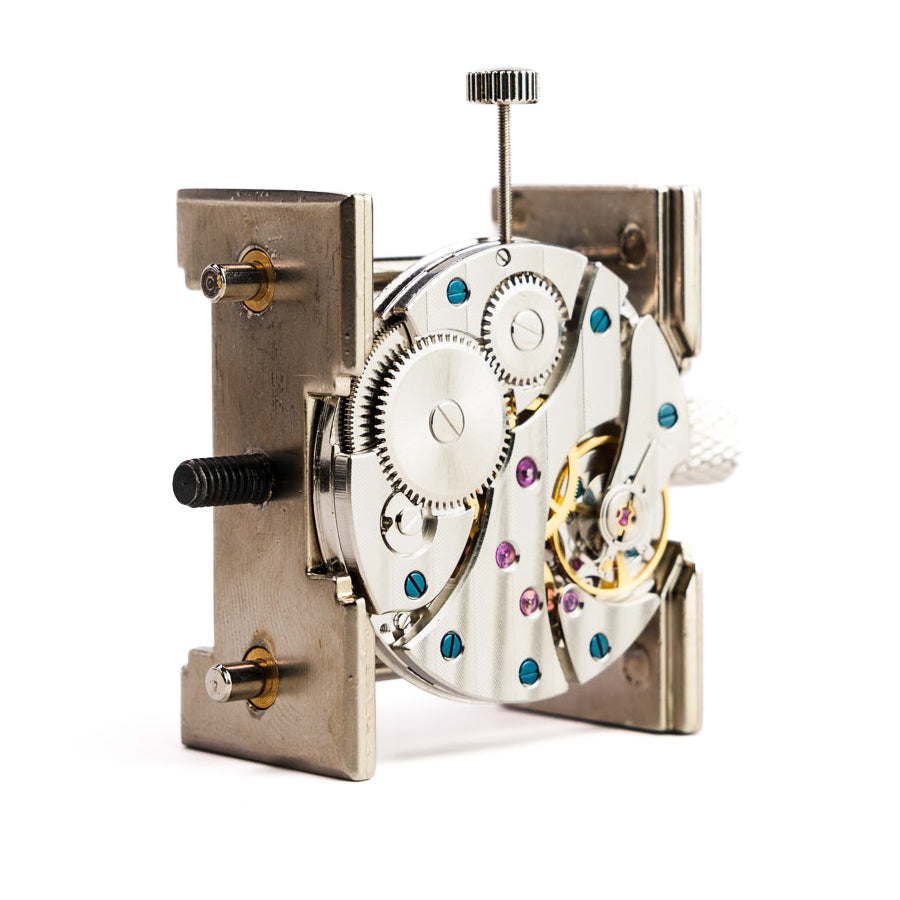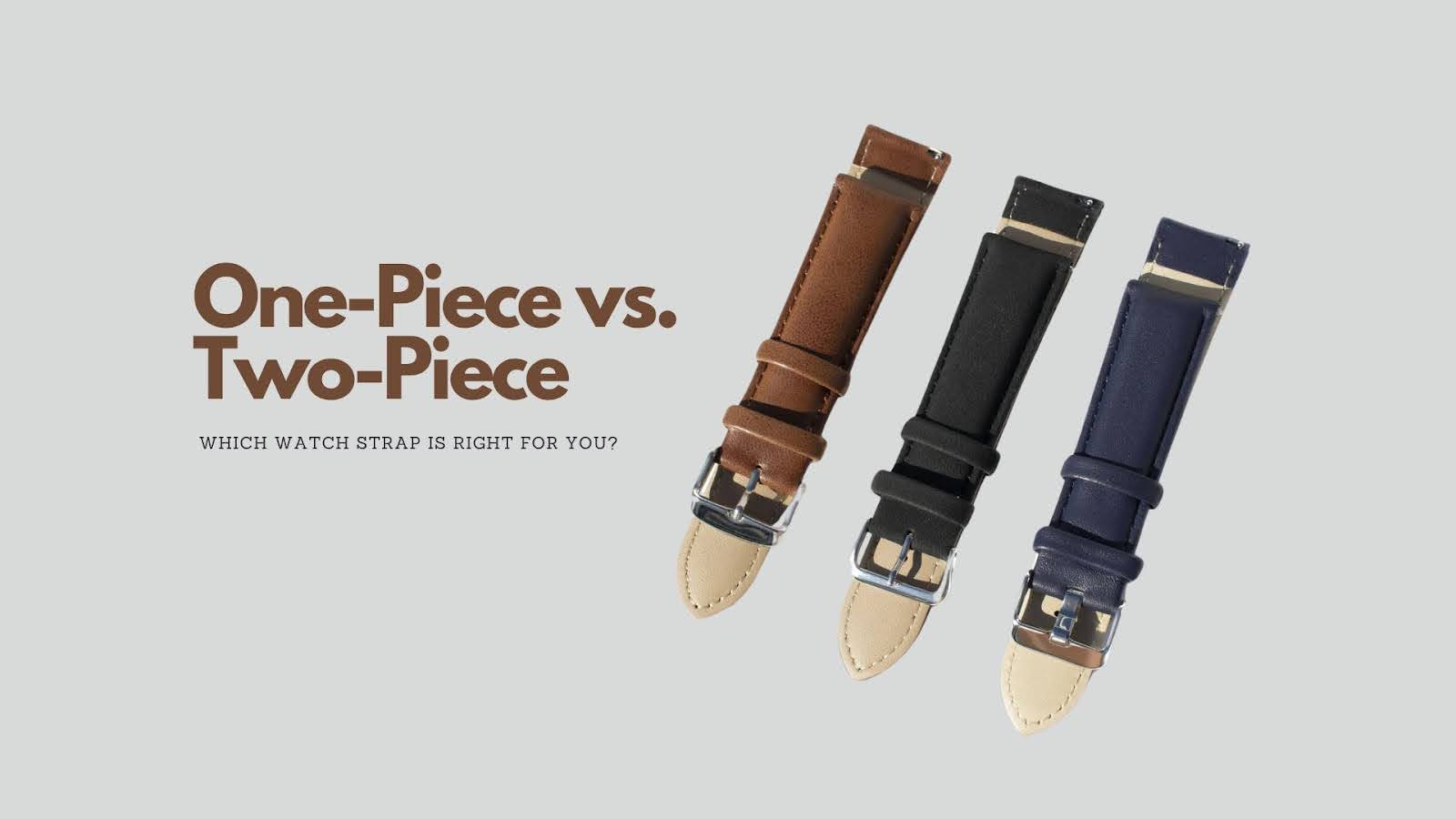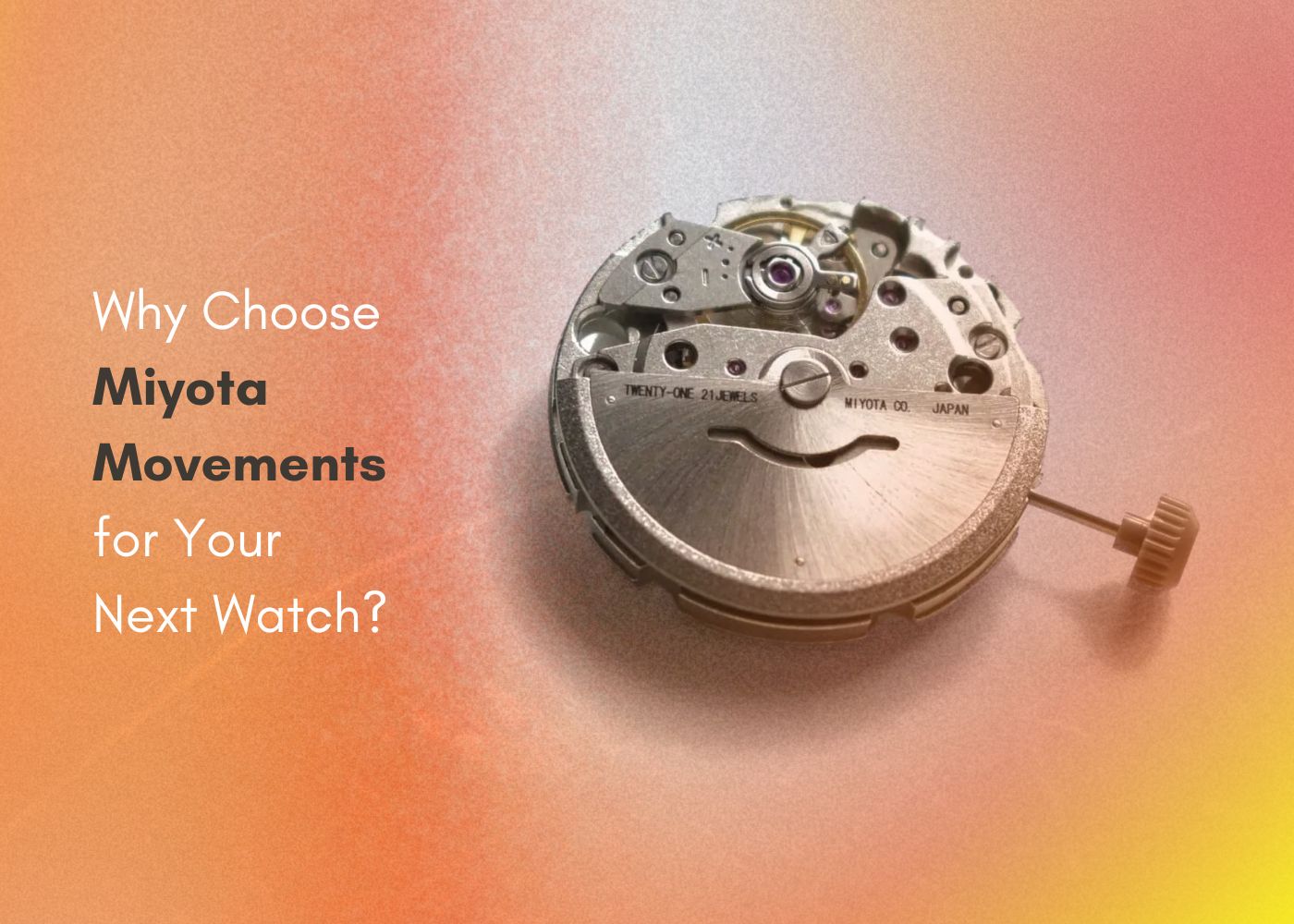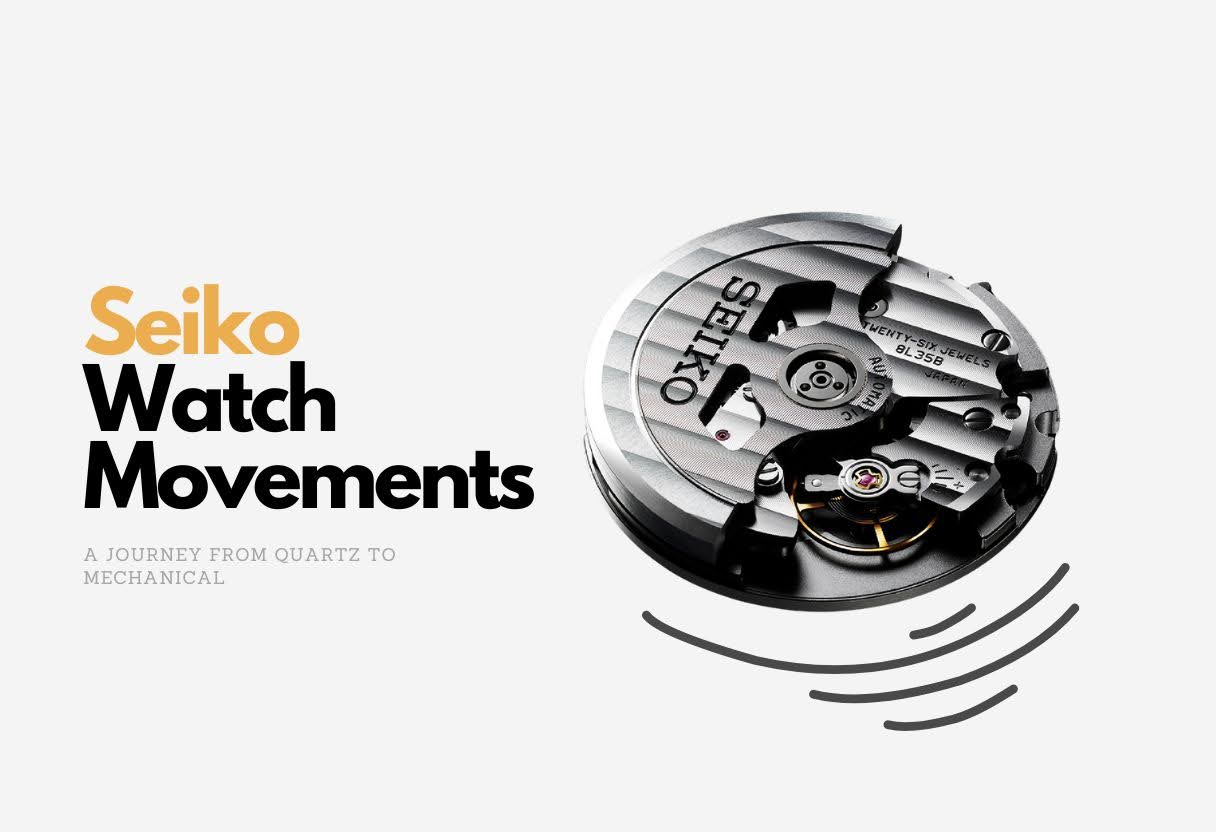
Seiko Watch Movements: A Journey from Quartz to Mechanical
Innovation in the watchmaking world has long been synonymous with Seiko, establishing itself as a brand that resonates with enthusiasts and collectors alike. Over a century spans the history of Seiko movements, showcasing a remarkable transformation from traditional mechanical designs to the revolutionary Seiko quartz technology. Today, both the precision of quartz and the artistry of mechanical watches are appreciated by watch lovers, making Seiko a pivotal name in horology.
What is the History of Seiko Watch Movements?
Kintaro Hattori founded Seiko in 1881, starting as a humble watch shop in Tokyo. Quality and innovation were the company's commitment, propelling it to become a leading name in horology. From its early days, a focus on blending craftsmanship with technology resulted in a legacy that continues to thrive today.
In 1913, Japan's first wristwatch debuted, marking a significant milestone in Seiko's journey into the global watch market. Over the decades, the brand made significant strides, influencing the industry with groundbreaking movements. A turning point was marked by the introduction of the Seiko quartz movement in 1969, showcasing Seiko's ability to innovate and adapt to changing consumer preferences.
For those curious about the inner workings of watches, our watch movement kits can provide a hands-on learning experience.
How Did Quartz Movements Change the Watch Industry?
In 1969, the landscape of watchmaking was transformed with the launch of the Astron, the world's first quartz watch. A battery combined with a quartz crystal in the Seiko quartz movement allowed for unprecedented accuracy in timekeeping. Traditional mechanical watches became less reliable in comparison, leading to the so-called "Quartz Crisis" of the 1970s.
Due to their affordability and reliability, quartz watches quickly gained popularity. Minimal maintenance was required compared to mechanical counterparts, making them an attractive option for consumers. A wide range of quartz models that appealed to various markets was produced by Seiko, capitalizing on this trend. During this period, the company thrived, proving the effectiveness of quartz technology.
What Makes Mechanical Movements Unique?
Seiko never abandoned its roots in mechanical watchmaking, even while quartz technology dominated the market. Interest in traditional craftsmanship was growing, and Seiko began to innovate within this realm. A renewed appreciation for the artistry of watchmaking was sparked by the revival of mechanical watches in the late 20th century.
Several advanced mechanical movements, such as the Spring Drive, were introduced by Seiko. These combine the best of both worlds-mechanical and quartz. The Spring Drive offers the accuracy of quartz with the smooth sweeping second hand characteristic of mechanical watches. Seiko's commitment to pushing the boundaries of watch technology is showcased by this innovation.
Dive into the world of mechanical watches with our watchmaking kits, perfect for beginners and enthusiasts alike.
How Has Seiko Innovated its Mechanical Movements?
At the forefront of watch technology advancements has consistently been Seiko. The introduction of the Seiko Kinetic movement in the late 1980s exemplifies this spirit of innovation. Kinetic watches utilize a rotor to generate energy, combining the benefits of quartz accuracy with the self-winding mechanism of mechanical watches. A solution for those who sought the precision of quartz without sacrificing the charm of mechanical watchmaking was offered by this hybrid technology.
The Seiko Caliber 9S is another prime example of the brand's dedication to mechanical movements. This caliber represents the pinnacle of Seiko's mechanical engineering, providing incredible accuracy and durability. The meticulous design and assembly of each movement ensure that every watch produced is a work of art.
Seiko's NH36 movement has become a favorite among watch enthusiasts due to its robustness and reliability. Featuring a hacking second hand and a date complication, the NH36 allows for precise timekeeping and added functionality. The smooth sweeping second hand of this movement not only ensures accuracy but also enhances the visual appeal of the watch, making it a popular choice for those who value both performance and aesthetics.
For individuals who prefer a more minimalist approach to their timepieces, Seiko offers the NH05 movement. With its no-date configuration, the NH05 showcases Seiko's ability to cater to diverse preferences and design sensibilities. The simplicity of this movement makes it an attractive choice for watch enthusiasts who appreciate clean, uncluttered dial designs, allowing the beauty of the watch to speak for itself.
Why Are Seiko Movements Celebrated Among Watch Enthusiasts?
A loyal following among watch enthusiasts has been garnered by Seiko movements for several reasons. A blend of tradition and modernity is showcased in the history of Seiko movements, appealing to both collectors and casual wearers. Each timepiece is reliable, whether it features quartz or mechanical movement, thanks to the company's commitment to quality and innovation.
Another appealing aspect is the variety of styles and designs Seiko offers. From the elegant Grand Seiko line to the rugged Prospex series, there's a Seiko watch for every occasion. This versatility, combined with the brand's rich history, makes Seiko movements a popular choice among watch aficionados.
Explore the diverse range of Seiko watches and movements in our shop all collection.
What Are the Key Features of Seiko Movements?
Appreciation for the craftsmanship involved is enhanced by understanding the features that set Seiko movements apart. Here's a look at some key characteristics:
- One of their strongest points is the accuracy of Seiko movements, often deviating by just a few seconds per month.
- High-quality materials and rigorous testing are used to build Seiko movements, ensuring reliability.
- A wide range of movements, from quartz to various mechanical options, is offered by Seiko, catering to different preferences and needs.
- Seiko stays at the forefront of the industry with continuous advancements in technology, such as the Spring Drive and Kinetic movements.
- Intricate designs and craftsmanship often feature in Seiko watches, making them visually stunning pieces.
How Have Seiko Movements Evolved Over Time?
Significant changes have been undergone by Seiko movements since the brand's inception. Early mechanical watches relied solely on traditional craftsmanship, while the introduction of quartz technology revolutionized timekeeping accuracy. Over the years, these two worlds have been skillfully blended by Seiko, marrying the precision of quartz with the artistry of mechanical design.
As consumer preferences have shifted, Seiko has adapted by expanding its offerings. The brand's ability to innovate while staying true to its heritage has allowed it to remain relevant in the ever-evolving watch market.
What Innovations Can We Expect from Seiko in the Future?
Steadfast remains Seiko's commitment to innovation and craftsmanship. The brand continues to explore new technologies and materials while staying true to its roots. With the resurgence of interest in mechanical watches, Seiko is poised to thrive in this evolving landscape.
As consumers increasingly seek authenticity and craftsmanship in their timepieces, Seiko's dedication to quality and innovation will ensure its place as a leader in the watch industry. The future may bring even more hybrid movements that blend the best features of quartz and mechanical technologies.
How Can I Get Started With Watchmaking?
A rewarding experience can be had by those interested in delving into the art of watchmaking, starting with a kit. Here are some actionable steps to begin your journey:
- Research various watchmaking kits available. Look for beginner-friendly options that suit your interests.
- Choose a kit that aligns with your skill level. Consider starting with a movement kit if you're curious about the inner workings, or a watch kit for a complete timepiece.
- Follow the provided instructional guides. Most kits come with detailed manuals and online resources to assist you.
- Practice and enjoy the process. Building a watch takes time and patience, but the satisfaction of creating your own piece is unparalleled.
Explore our selection of watchmaking kits to find the perfect fit for your watchmaking journey.
Conclusion
A remarkable journey through time is reflected in the evolution of Seiko watch movements, showcasing the brand's ability to adapt and innovate. From the groundbreaking Seiko quartz technology to the revival of mechanical watches, Seiko has consistently pushed the envelope in watchmaking. The watch technology advancements made by Seiko have solidified its status as a pioneer in the industry.
Consider investing in a watchmaking kit to create your own masterpiece for those looking to explore the world of watchmaking. Check out our collection of watch movement kits to begin your journey into the fascinating world of horology.
FAQs
Q. What movement does Seiko use?
Both quartz and mechanical movements, including the innovative Spring Drive and Kinetic technologies, are primarily used by Seiko.
Q. How have Seiko movements evolved over time?
Transition from traditional mechanical designs to revolutionary quartz technology was made by Seiko movements, with innovations like the Spring Drive merging both worlds.
Q. Why are Seiko movements popular?
Reliability, diversity in styles, and the brand's rich history of craftsmanship and innovation are the reasons for the popularity of Seiko movements.
Q. What are the key features of Seiko movements?
Key features include precision, durability, variety, innovation, and aesthetic appeal, all contributing to the allure of Seiko watches.
Q. How can I start watchmaking as a hobby?
- Research and select a watchmaking kit.
- Follow the included instructions to assemble your watch.
- Practice and enjoy the learning process!


